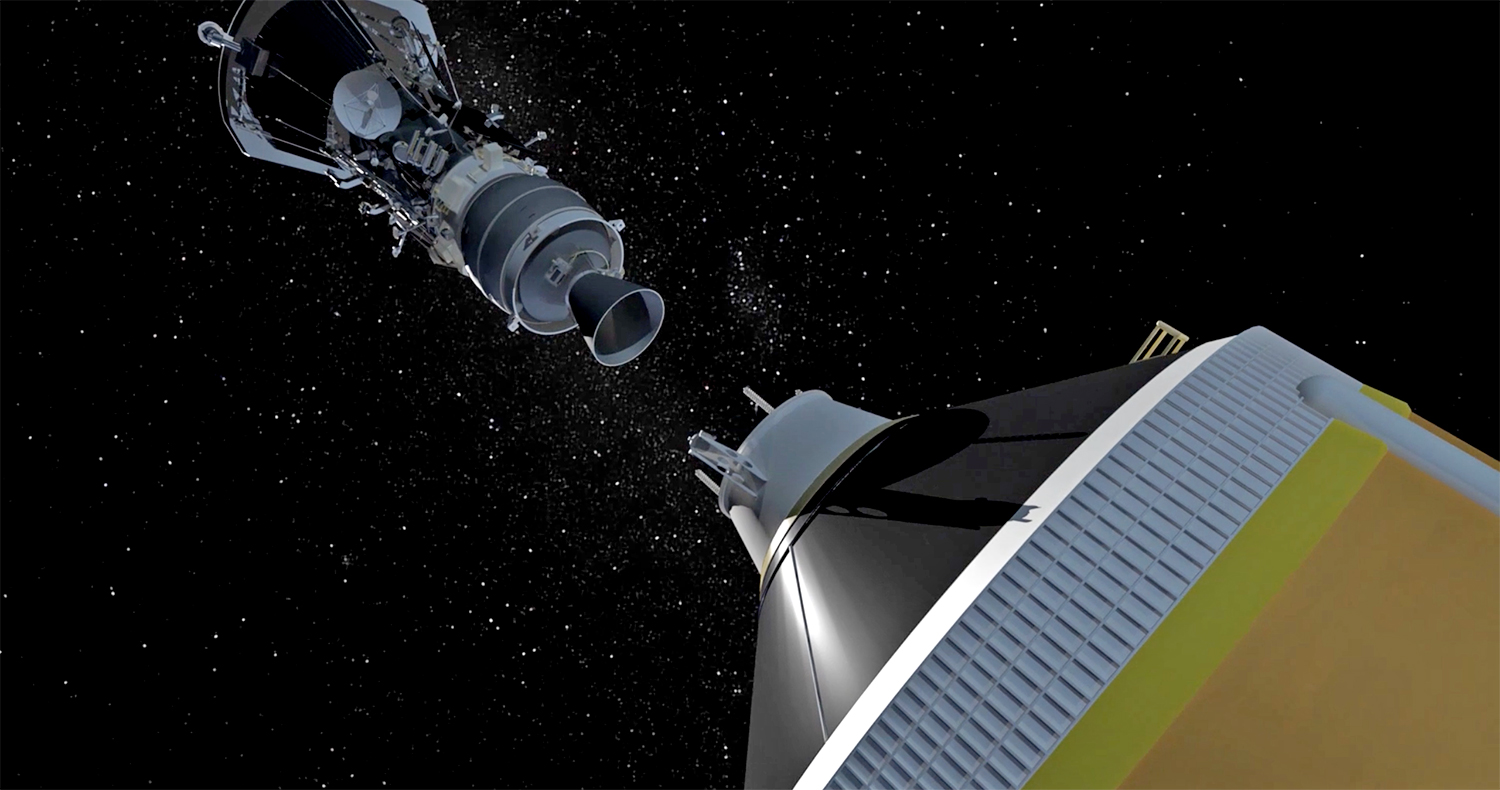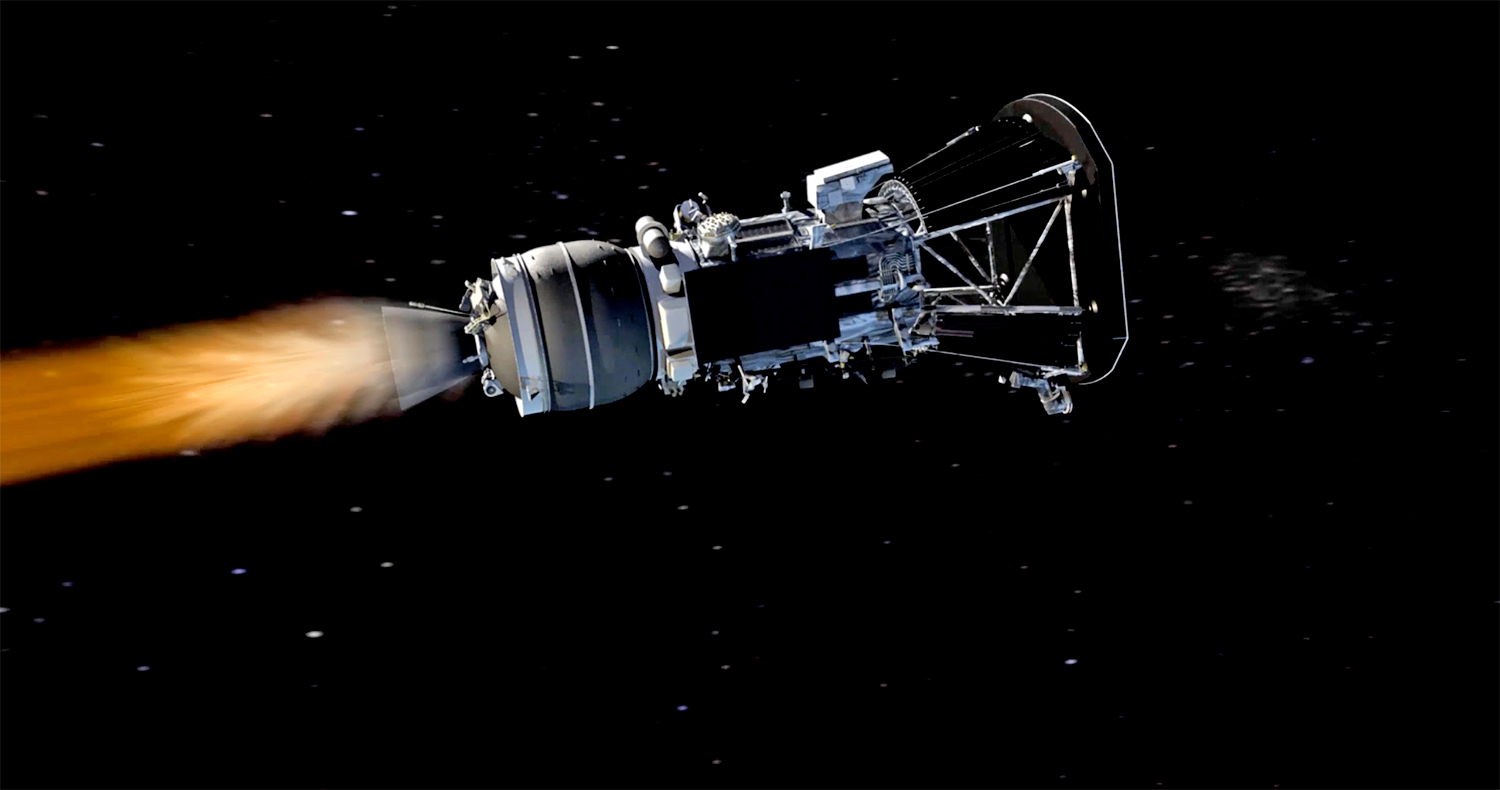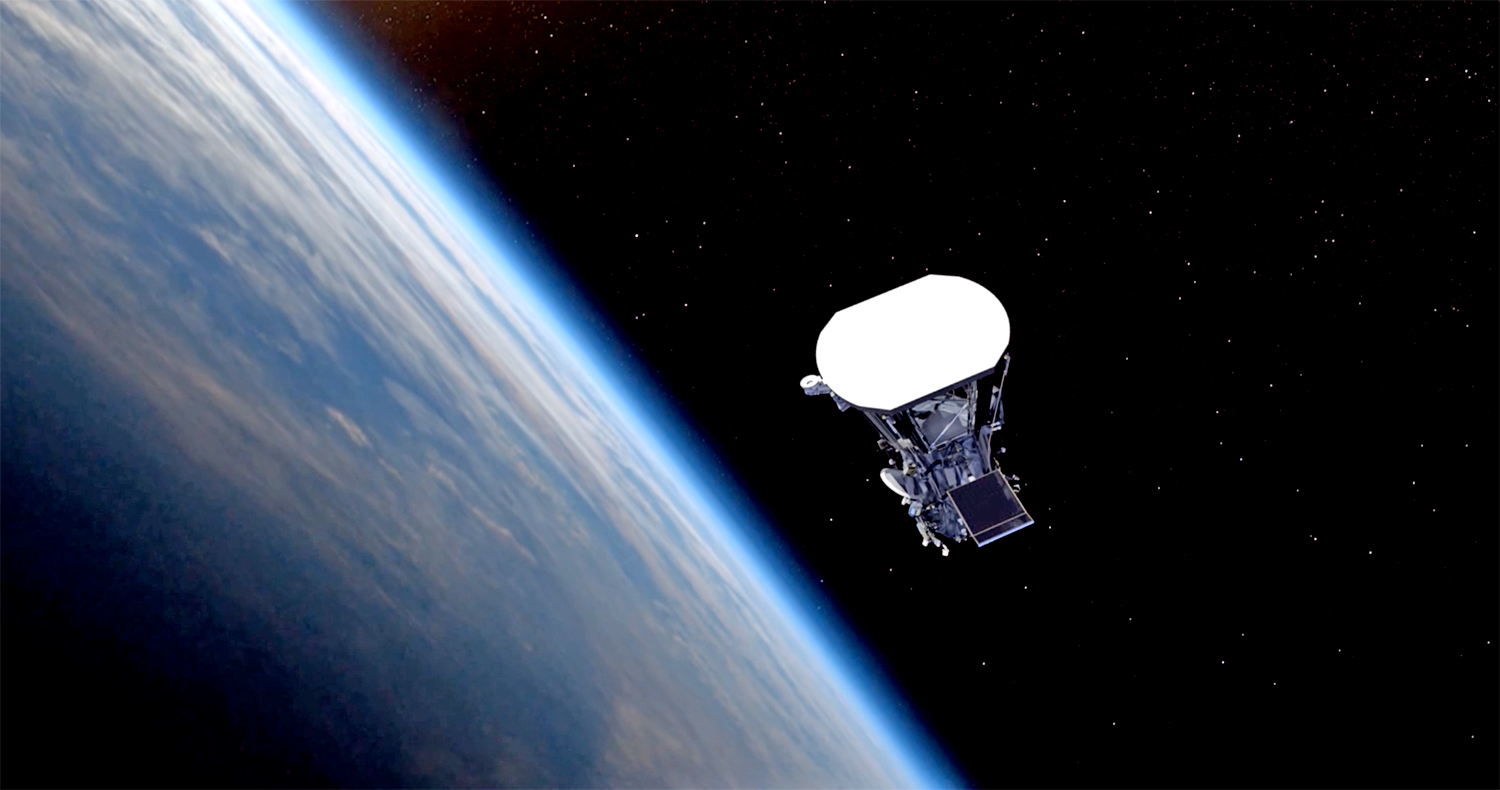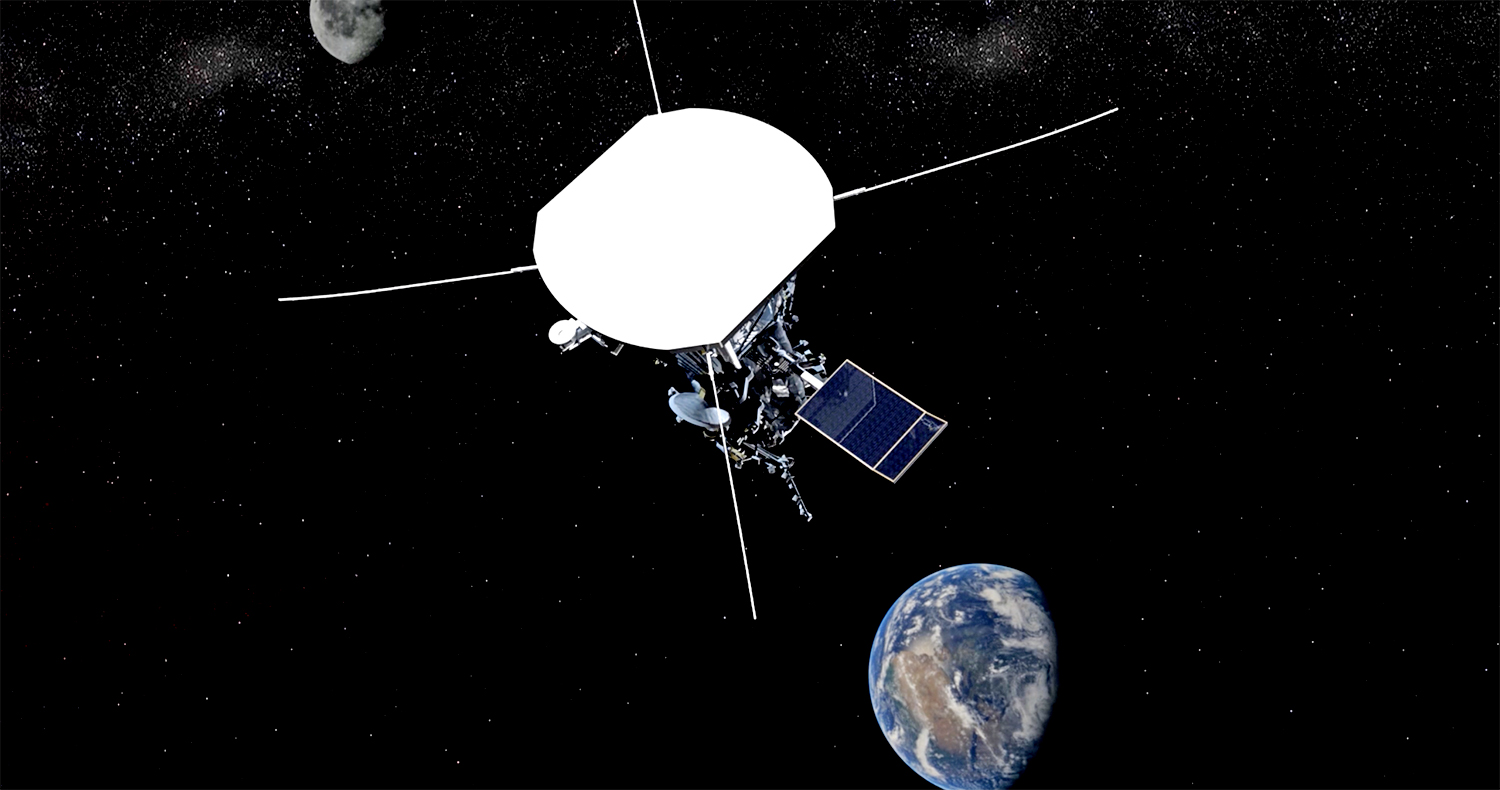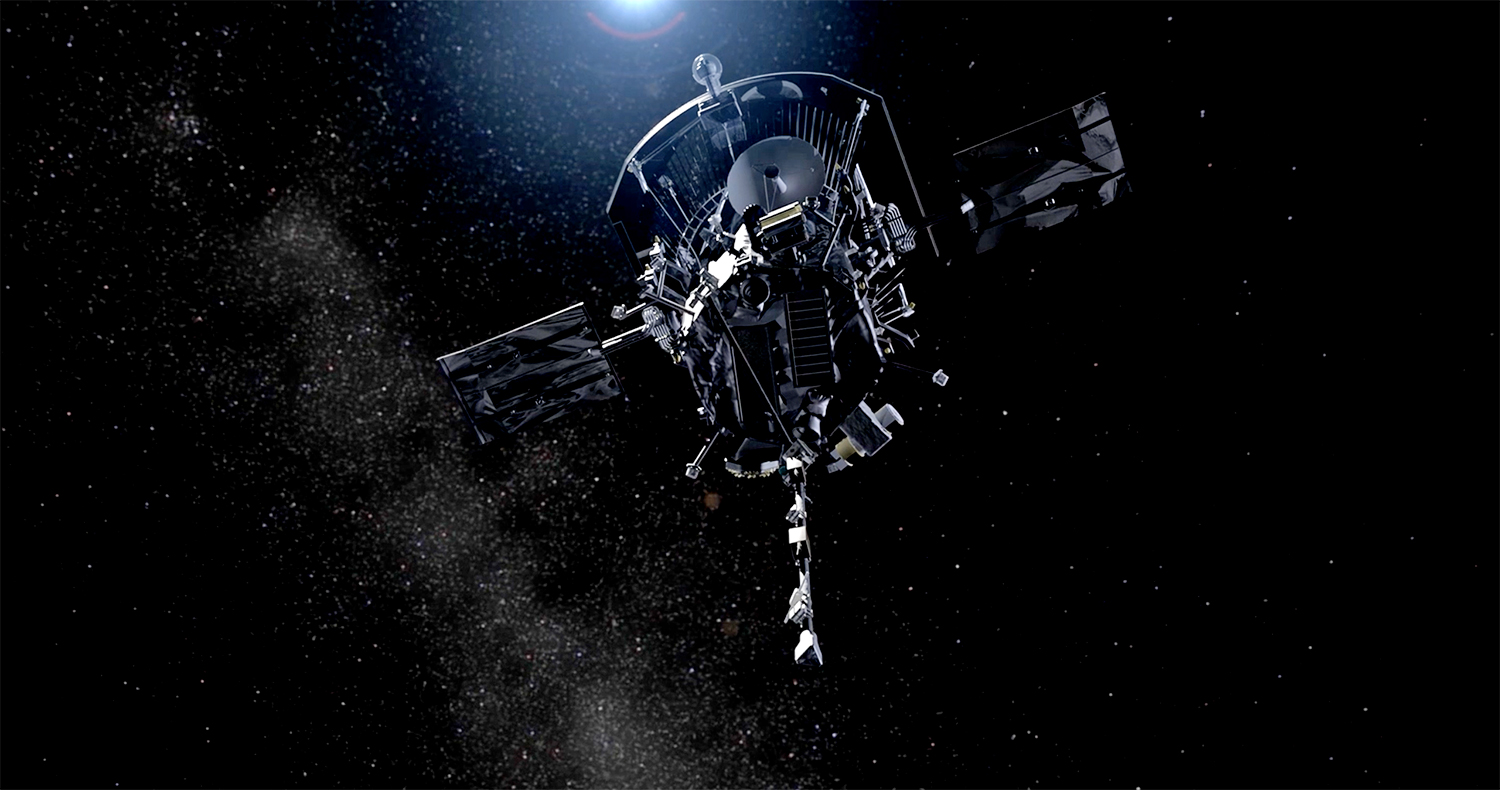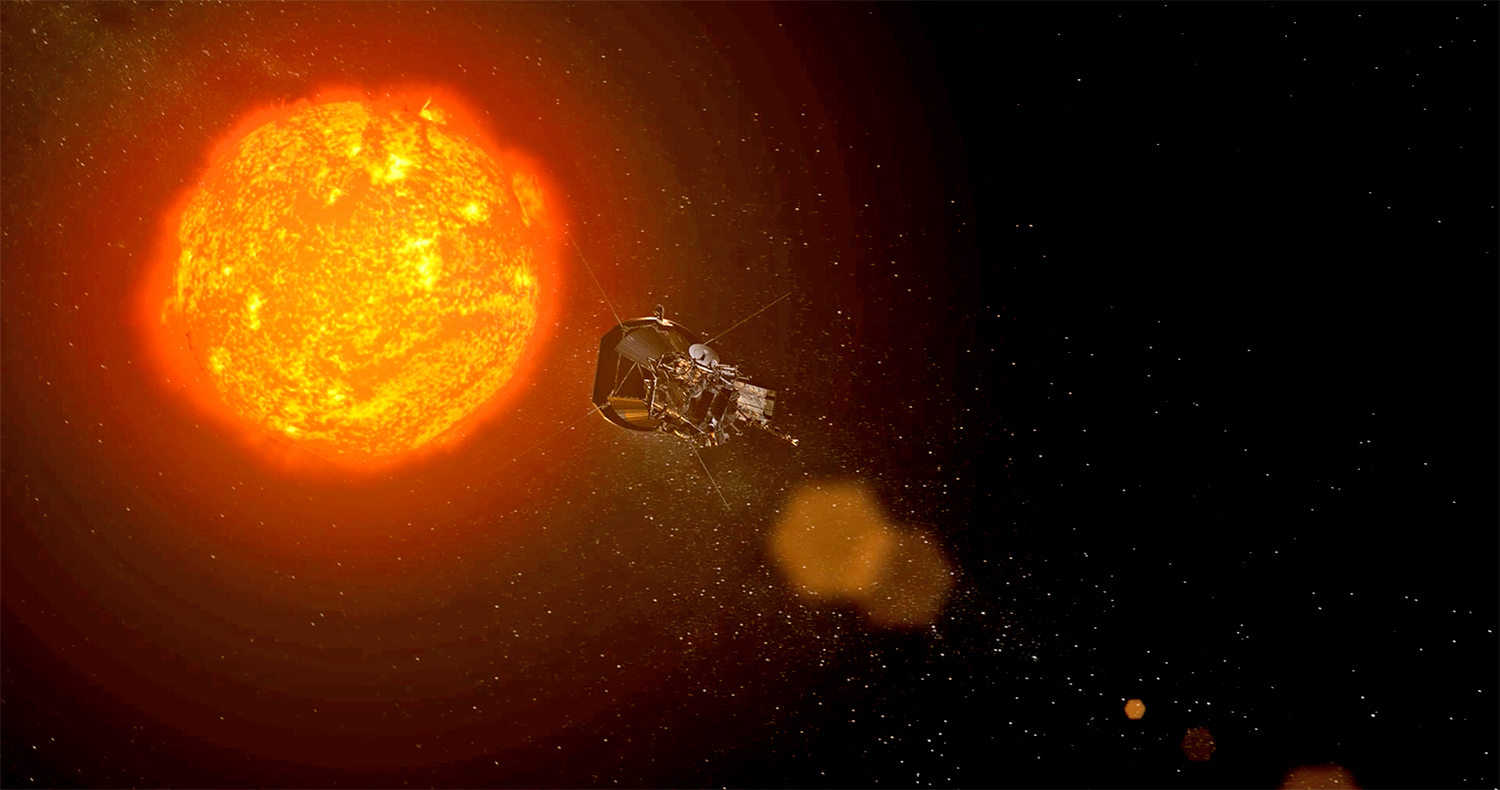NASA's Parker Solar Probe Mission to the Sun in Pictures
Stage Separation
Artist's illustration showing the Delta IV Heavy's upper stage, with the spacecraft attached, separating from the rest of the rocket.
Firing Up the Engine
The Parker Solar Probe is named after pioneering solar physicist Eugene Parker. (The mission was known as Solar Probe Plus until May 2017, when NASA announced the new name.)
Flying Freely
The Parker Solar Probe deploys from the rocket's upper stage.
Still Close to Home
The spacecraft against Earth's blue limb.
Goodbye, Earth
Artist's illustration showing the spacecraft zooming away from its home planet.
In Deep Space
The Parker Solar Probe heads toward the sun.
Looping Toward the Sun
Diagram showing the Parker Solar Probe's planned long, looping, 88-day-long paths around the sun.
Breaking space news, the latest updates on rocket launches, skywatching events and more!
Venus Gravity Assists
The Parker Solar Probe will fly by Venus seven times over the course of about seven years, getting "gravity assists" from the planet to ease its way closer and closer to the sun. The first such Venus encounter will come on Sept. 28, 2018.
Studying the Sun Up Close
The spacecraft will make its first solar close approach on Nov. 1, 2018. The plan calls for 24 such encounters through June 2025. The Parker Solar Probe will get within 3.9 million miles (6.2 million kilometers) of the sun at times — closer than any spacecraft ever has.
Shielded Spacecraft
The Parker Solar Probe will be protected against 2,500-degree-Fahrenheit temperatures by a 4.5-inch-thick carbon-composite shield. The spacecraft's observations should shed new light on solar activity and improve space-weather forecasting, NASA officials have said.

Space.com is the premier source of space exploration, innovation and astronomy news, chronicling (and celebrating) humanity's ongoing expansion across the final frontier. Originally founded in 1999, Space.com is, and always has been, the passion of writers and editors who are space fans and also trained journalists. Our current news team consists of Editor-in-Chief Tariq Malik; Editor Hanneke Weitering, Senior Space Writer Mike Wall; Senior Writer Meghan Bartels; Senior Writer Chelsea Gohd, Senior Writer Tereza Pultarova and Staff Writer Alexander Cox, focusing on e-commerce. Senior Producer Steve Spaleta oversees our space videos, with Diana Whitcroft as our Social Media Editor.
